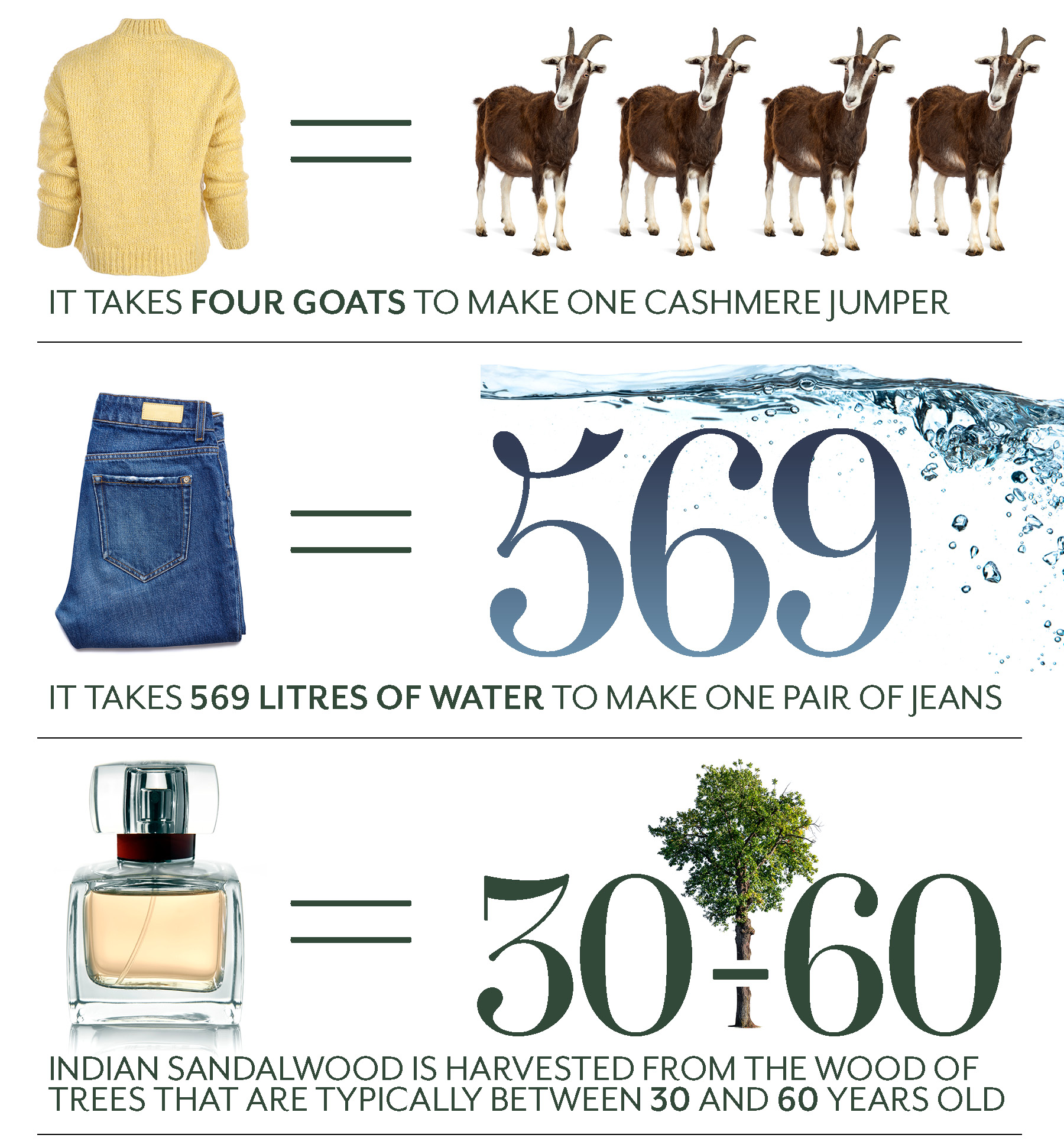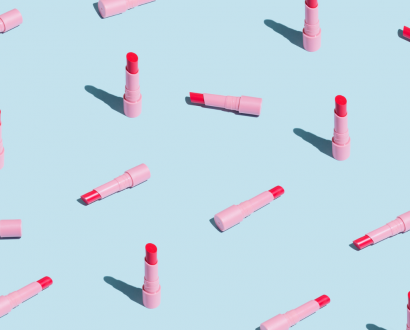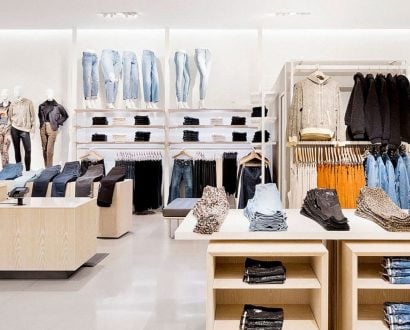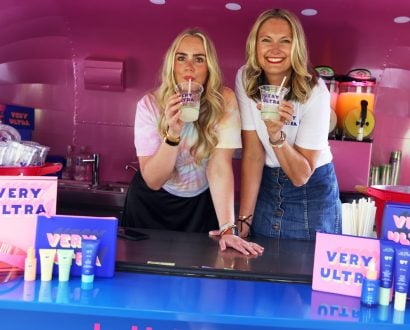A couple of years ago, when I was just starting out as Editor-In-Chief of ELLE magazine, I met a young woman running a jeans label called DL 1961. The jeans were beautiful – soft to the touch and available in a dizzying array of rich, indigo hues. I asked her about the cut and design before, finally, just as I was about to leave, we settled on the subject of sustainability.
The mood changed. She shook her head and explained the environmental impact of the denim industry – 569 litres of water to make just one single pair of jeans. A labour force that was woefully underpaid and a fabric whose sustainability credentials were close to criminal.
DL 1961 was trying to change things. It had found several sustainable, patented fabrics to lean upon. They had managed to get their water usage down to just 30 litres of water per pair of jeans. They were also taking back old pairs, shredding them and then reassembling them with ‘eco-friendly’ fabrics.
I investigated the company once I got back to the office. It was family-run. They had one of the biggest denim factories in Pakistan and so everything from design to cutting to weaving and dyeing was done in one place: a ‘vertically integrated system’ to coin the fashionable phrase.
On paper, they appeared to be setting the bar for sustainable denim practice. But I can tell you nothing about how they pay their workers or if it audits its supply chain – this, by the way, is not to suggest they have overlooked the other pillars. And therein lies the issue. Because everyone’s perception of sustainability is different. Everyone’s knowledge is varied. And every business’s sustainability priorities are vastly diverse.
And yet those in fashion agree on one thing: that something needs to be done. After all, the beautiful world of fashion is one of the ugliest when it comes to its impact on the planet and people.
Currently, it contributes up to 10 per cent of all global carbon emissions, whilst tales of underpaid garment workers operating in dangerous factories on wages that are barely sustainable are rife. Fast fashion’s US$18 coats lie in landfill sites across the developing world while rivers from Indonesia to Tanzania are heavily polluted with textile dyes.
This is why brands are in a panic. It is why they are hurriedly appointing environmental, social and governance officers to their boards or speedily creating the role within their companies. It is why at the 2021 United Nations Climate Change Conference brands such as LVMH, the world’s biggest luxury goods company, committed to halving their emissions by 2030 and why fashion houses are snapping up past collections from consumers, as part of their sustainable retail strategy.
It is a mad, rushed panic with a mix of well-meaning sentiment, fear and marketing opportunity behind it. But in all the rush, has fashion (and by extension beauty, which has different but no less problematic sustainable issues of its own) found the right way? If, in fact, there even is a right way.
Because it seems to me there is no one way to go about this. Instead there are thousands of individual players doing their part. Some well, some not so well, and some taking a cynical greenwashing approach to the whole debate, crossing their fingers that it will all go away soon enough (I have lost count of the number of brands creating marketing-friendly ‘eco-lines’ when the majority of their clothes are still manufactured the same way they always were. ASOS, H&M and British clothing giant Boohoo all having been caught out).
“The big question is does the mature customer, who is buying ready to wear, have sustainability at the forefront of their decision making?” – Jamie Gill
The issue is everyone’s perception, including consumers’ perception, of what sustainability means, is different. What does a circular economy mean anyway? “Is it vintage?”, as one fashion editor asked me. Is it making sure a tree is planted in honour of you buying a pair of leggings, as activewear brand Tentree has been doing since 2011? Or is it something else altogether? And what do gen Zers really think and know?
They know the ice caps are melting, they know Greta Thunberg is angry and that there’s not going to be much of a world left for them in their dotage. But why then are fast fashion brands such as Boohoo still booming? Why is Zara’s owner Inditex reporting that net profits had doubled in 2021? And what about older clientele shopping at the luxury end of the market? From what I can see, few are demonstrating with their wallets for vegan leather and vegetable silks.
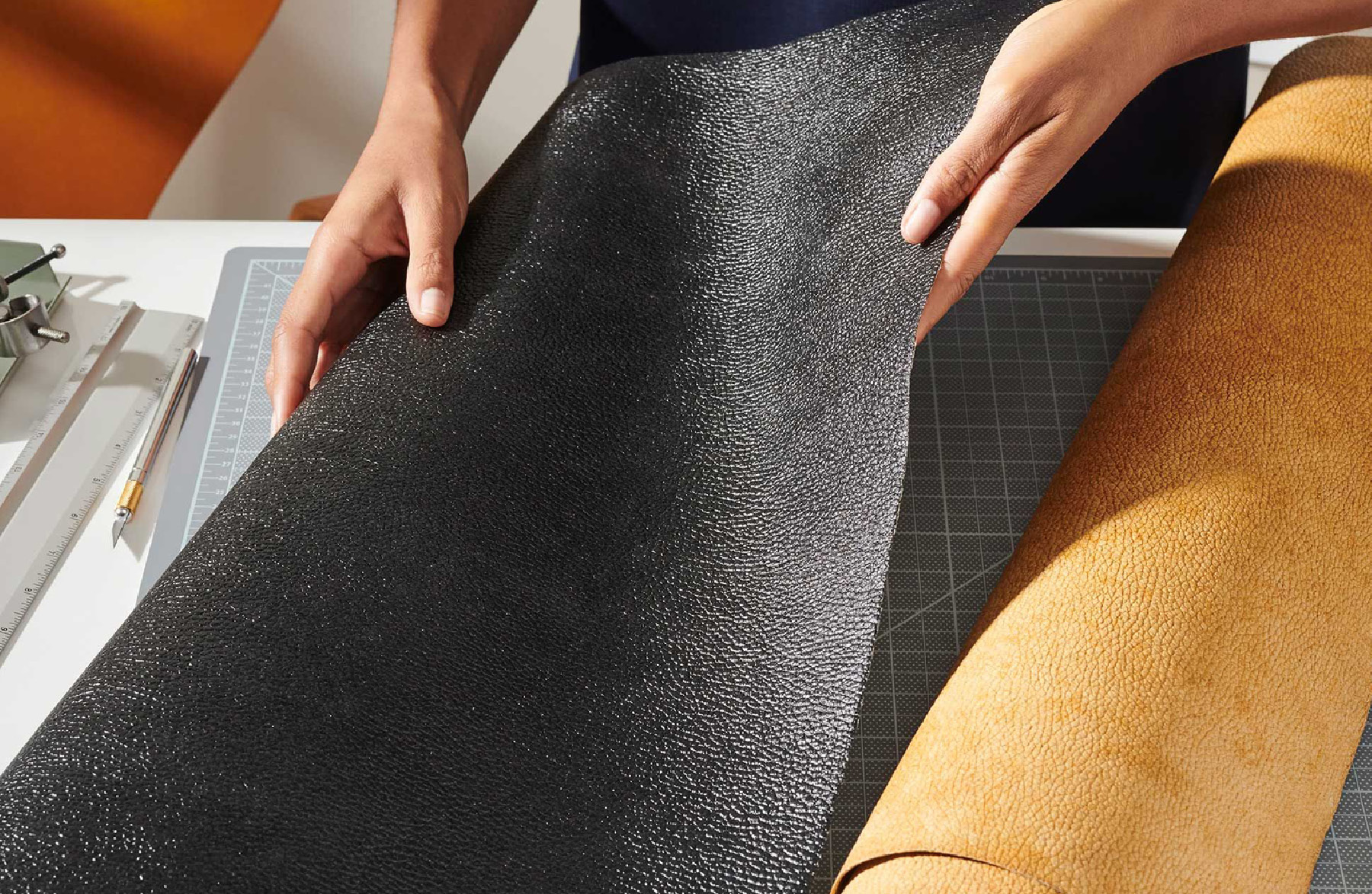
Luxury brands are experimenting with more sustainable alternatives such as mushroom leather
“The big question is does the mature customer, who is buying ready to wear, have sustainability at the forefront of their decision making?” says Jamie Gill, CEO of Roksanda Ilincic, one of the world’s most luxurious fashion brands.
“Across gowns, jackets and outer wear, it’s the fabric, the colour, the fit, the design, the craftsmanship before sustainability. We don’t have anyone coming to us asking for things to be more sustainable for their moral compass. Not yet anyway.”
Luxury, is, by its very nature, sustainable to some degree. Luxury items tend to stay in the consumer’s wardrobe for many years and are often passed down from generation to generation.
But in recent years brands have come under fire for continuing to use fabrics that have a devastating environmental impact such as leather, cashmere and silk. It takes four goats to make one cashmere jumper for example, leading to larger herds of goats, who in turn destroy greater swathes of pasture.
Luxury brands are experimenting, but it’s a quiet experimentation. Mushroom leather appears to be the closest sustainable alternative to leather at the moment. Stella McCartney has been using it for some time (in fact, this season she debuted grape leather), while Balenciaga just showed its first all mushroom leather jacket.
The biggest chance of mushroom leather taking off however will be if a major luxury fashion house, famous for its calf-skin products, makes the switch. That house looks like it may be Hermes, who late last year unveiled its classic Victoria travel bag, but this time with elements of mushroom leather.
Hermes collaborated with MycoWorks, a Californian biomaterials company, who produce Fine Mycelium, a patented material which can be grown from fungi in trays in a mere matter of weeks. What’s more, it is said to surpass leather in terms of strength and durability. Next up a Fine Mycelium Birkin bag? One can only hope.
“We should all be on a huge sustainability drive. We need to do it as a business and we need to do it as a human responsibility.” – Jamie Gill
In ready-to-wear meanwhile, pea silk is being looked at as an alternative to traditional silk, which, as well as having mixed environmental impacts, is known for its cruel silkworm practice. But, says Gill, it’s early days for fashion brands as pea silk is thinner and doesn’t take colour as well as traditional silk.
“When it comes to sustainable fabrics across the supply chain we can get 75 per cent,” he says. “The other 25 per cent is the lack of existing articles, but there’s nothing out there currently that gives you the feel of luxurious silk. And gowns have always got that positioning. So the mills and investment into sourcing them and creating them needs to happen fast.”
The beauty industry meanwhile has its own issue in terms of ingredients, which is why brands will often push the recyclable packaging line, since this is the easiest way to jump on the sustainable bandwagon.
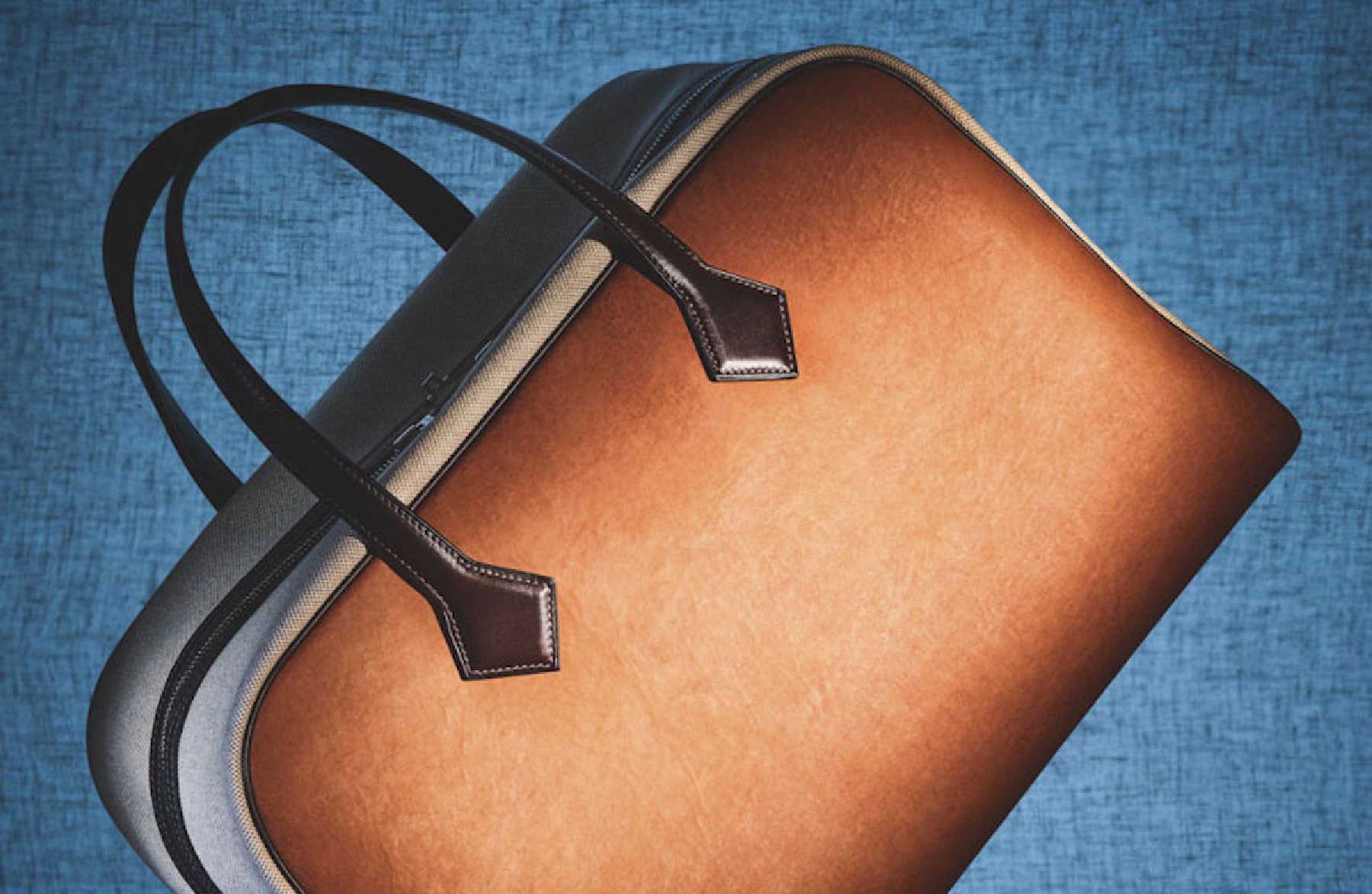
Hermes has updated its classic Victoria travel bag with elements of mushroom leather
The perfume industry is currently in its own sustainability quagmire as many perfumers rely on synthetic scents. Since perfume became mass market it has always been a mix of natural essences and synthetic scent molecules.
But are the more sustainable-sounding natural scents the way to go? Not really, since naturally derived oils from Indian sandalwood, for example, would have huge ecological ramifications given it is harvested from the wood of trees that are typically between 30 and 60 years old.
Givaudan, who supply some of the world’s most famous perfume houses with ingredients, are attempting to create scent by upcycling natural ingredients. An example of this is they have stumbled upon a radical alternative for vetiver. They are calling it Vetivyne™ – an entirely natural fragrance extracted from Haitian vetiver roots, which are themselves a side product of vetiver oil.
With so many brands having to comb through existing practices in order to become truly sustainable, it’s unsurprising then that those doing the best job are young brands, who have baked sustainable principles into every corner of their business.
One such brand is Allbirds, a Californian-based company, famous for being the footwear of choice for Silicon Valley CEOs and low-fi fashionistas. Its shoelaces are made from recycled plastic bottles while their classic woollen trainers are made with ZQ Merino, a wool certification that ensures animal welfare and environmental care standards are adhered to. Its product line meanwhile is small, slow and minimalist, and they have been carbon neutral since 2019.
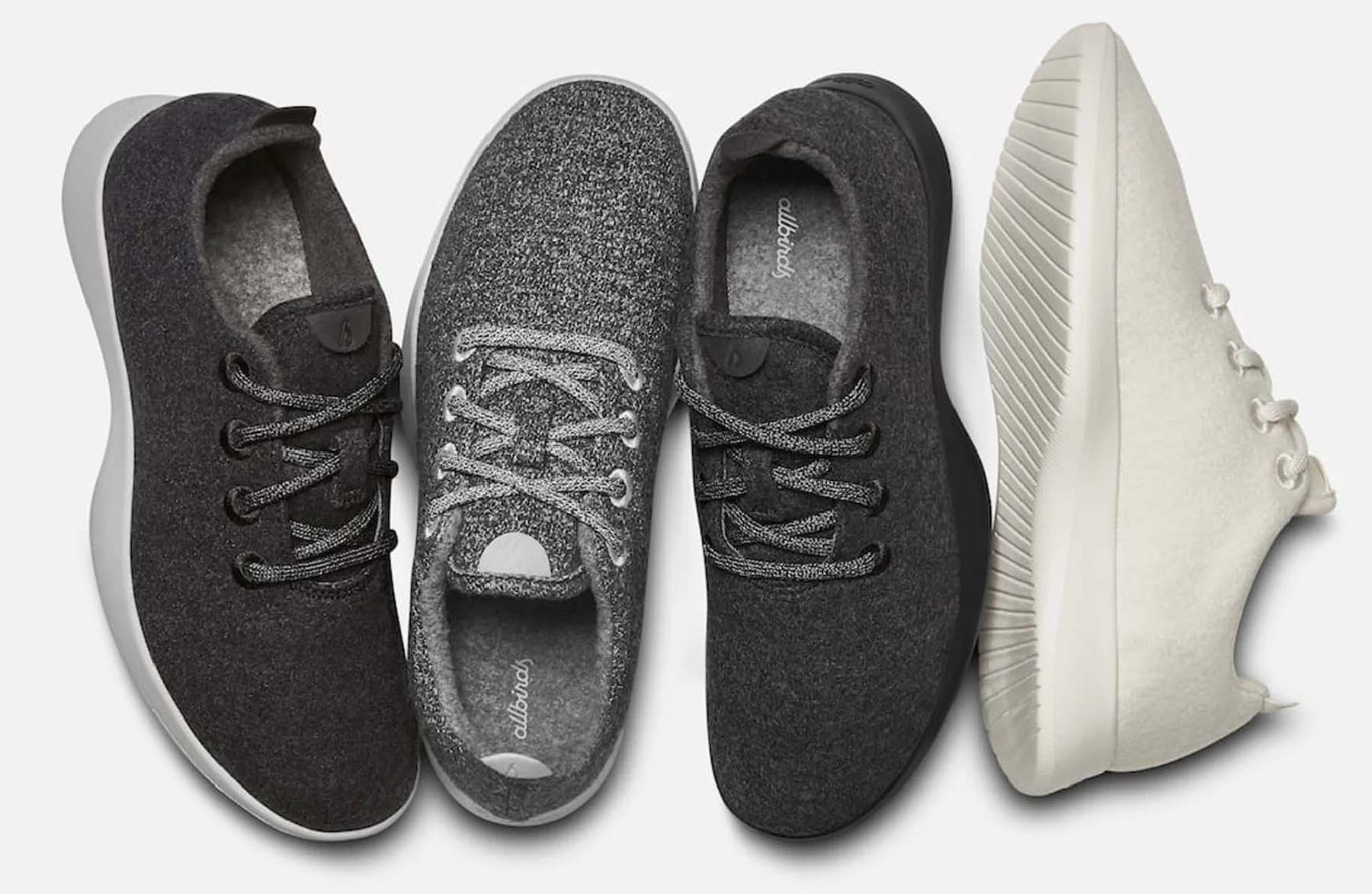 Allbirds is pursuing some of the most ambitious sustainability targets in the footwear industry
Allbirds is pursuing some of the most ambitious sustainability targets in the footwear industry
“When Allbirds launched six years ago, sustainability was a founding principle,” says Jodie Soussan, the company’s Managing Director for Europe, Canada, Australia and New Zealand. “As a B Corp and a Public Benefit Corporation, we’ve always been laser focused on our impact, specifically our ambition to reverse climate change, which means every decision we make is done through the lens of carbon reduction.”
Last July the brand announced sustainability targets for 2025 and 2030, known as The Allbirds Flight Path and recognised as one of the most ambitious, science-based sustainability targets in the footwear and apparel industry.
“We’re aiming for a 50 per cent reduction in our per-unit carbon footprint by the end of 2025,” says Soussan. “By 2030, we expect to reduce our per-unit footprint by 95 per cent.” Those are big targets and ones for which they’re expecting to be held accountable by the very people who wear their shoes and apparel.
“All of our products are labelled with their carbon footprint, so customers can actually track our progress along the way!” Soussan notes.
Is this the way forward then? Business and consumer working hand in hand, feeling their way together to ensure targets are made and then met? In the absence of cohesive answers it certainly seems like one – for now.
“We should all be on a huge sustainability drive,” Gill says. “We need to do it as a business and we need to do it as a human responsibility.”


